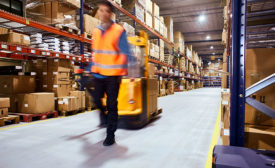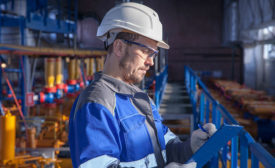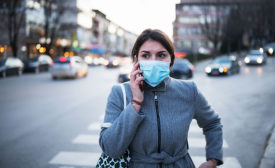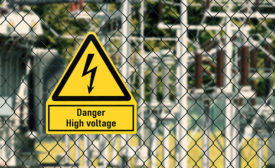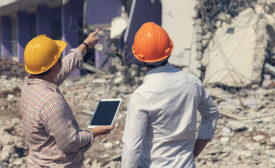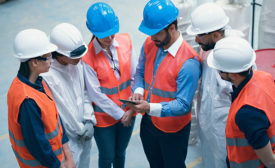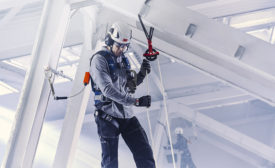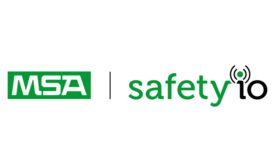Risk Management
Closing Time
Stop safety dissidents: Authority figures often ignore workforce issues
May 13, 2020
Digital Edition Exclusive
What you need to know about coronavirus
What are the symptoms of coronavirus, and how is it treated?
April 1, 2020
Stay proactive in your workplace with hazard signs, alarms, and signals
Alerts on display
April 1, 2020
Strengthen safety by emphasizing equipment reliability
Keep the Gears Moving
April 1, 2020
Never miss the latest news and trends driving the safety industry
eNewsletter | Website | eMagazine
JOIN TODAYCopyright ©2024. All Rights Reserved BNP Media.
Design, CMS, Hosting & Web Development :: ePublishing

